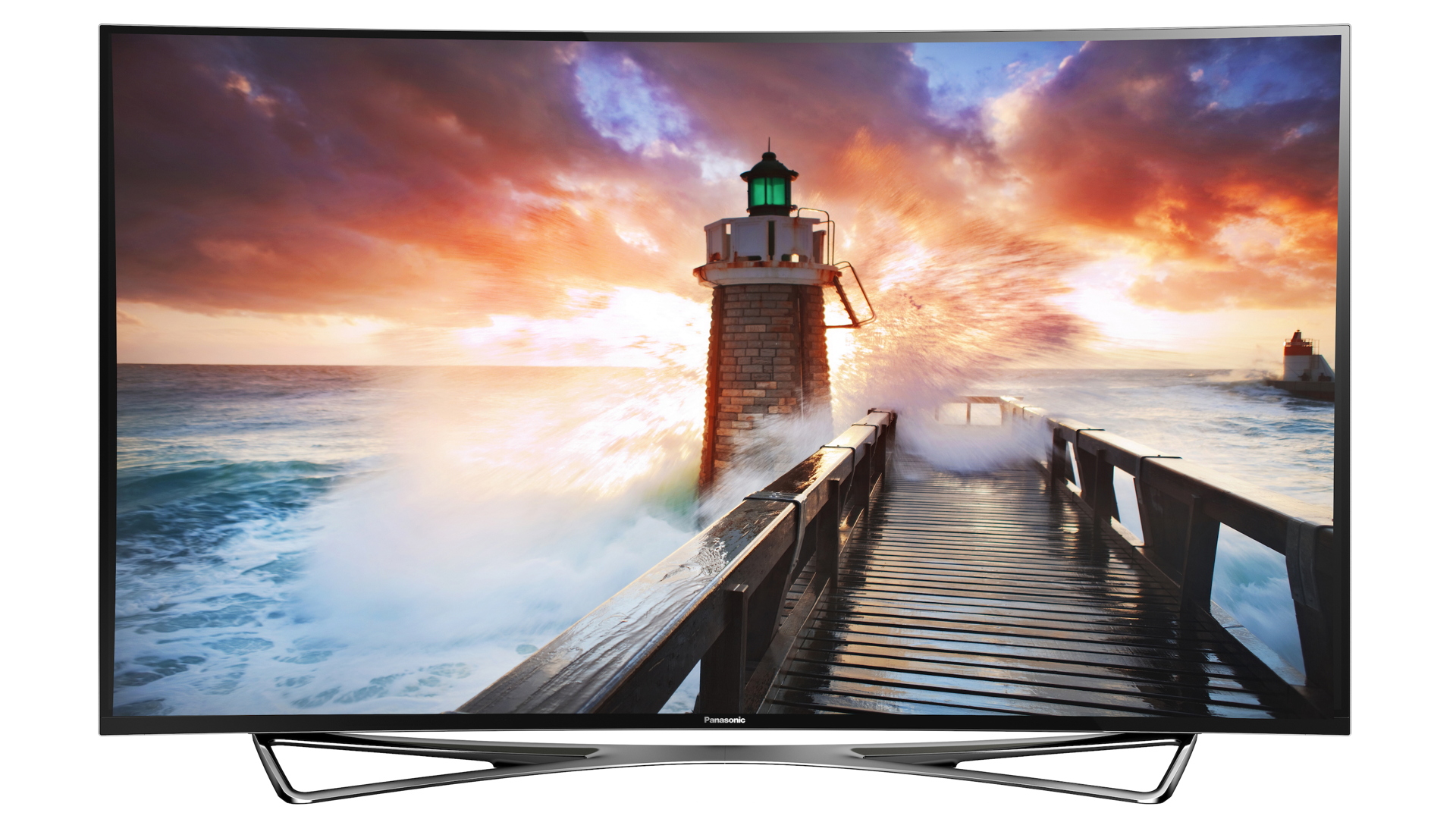Why Panasonic is about to stop making your TV screens

Panasonic is ceasing production of its own television panels at its plant in western Japan, leaving Sharp as the only producer of television panels left in the country.
A television's screen hardware is not the only determinant of its quality, which is also affected by image processing and backlight technologies.
This means that although the move will see Panasonic move to using panels produced by third parties such as LG or Sharp, Panasonic's own technologies will continue to have an important impact on the overall quality of the television's image.
In Panasonic's own words, "Using its own image processing and backlight technologies Panasonic has been able to get the very best out of third-party panels."
Panel vs TV manufacturers
It is common for television manufacturers to not produce their own panels. Panasonic already uses panels from South Korea's LG.
A television manufacturer will then add a housing, operating system, and speakers to a panel to create a full television set.
The plant's closure is thought to have come as a result of its lack of profitability, having made a loss every year since its opening in 2010, but will continue to produce panels for non-TV uses such as vehicle dashboards and medical equipment.
Sign up for breaking news, reviews, opinion, top tech deals, and more.
A Panasonic representative said, "Due to Panasonic's deep knowledge of the varying characteristics of various display technologies such as Plasma, LCD, and OLED displays, Panasonic has consistently delivered superlative picture quality.
"Panasonic intends to continue delivering superb TVs as it further increases its competitivity."

Jon Porter is the ex-Home Technology Writer for TechRadar. He has also previously written for Practical Photoshop, Trusted Reviews, Inside Higher Ed, Al Bawaba, Gizmodo UK, Genetic Literacy Project, Via Satellite, Real Homes and Plant Services Magazine, and you can now find him writing for The Verge.